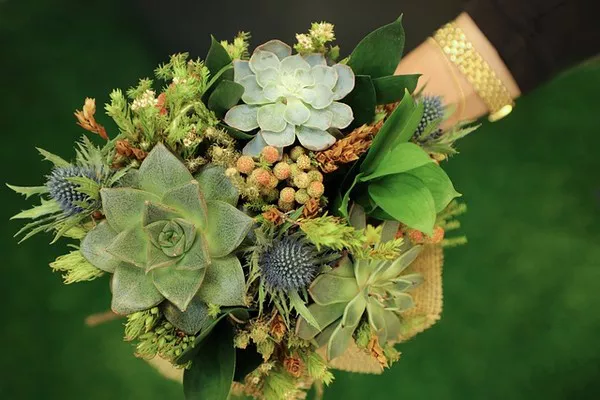Succulents have become incredibly popular among plant enthusiasts due to their unique appearance and low-maintenance requirements. These hardy plants can thrive in various conditions, but they do require special care during the winter months. As temperatures drop and daylight hours decrease, it’s crucial to adapt your succulent care routine to ensure they remain healthy and vibrant. In this article, we will explore essential tips and guidelines to help you care for your succulents during the winter season.
Understanding Winter Succulent Needs
Before diving into specific care practices, it’s essential to understand how succulents behave during the winter months. Most succulents are native to arid regions and are adapted to thrive in high temperatures and ample sunlight. As winter approaches, they enter a state of dormancy to conserve energy and water. During this time, their growth significantly slows down, and they may even shed leaves or develop a more compact growth habit. To ensure their well-being, mimic their natural environment as closely as possible.
Light Requirements
Succulents are accustomed to receiving plenty of sunlight. However, during the winter, daylight hours are shorter, and the intensity of sunlight decreases. To compensate for this, place your succulents in a location where they can receive as much indirect sunlight as possible. A south-facing window is ideal, but east or west-facing windows can also work well. If natural light is limited, you can supplement with grow lights designed for succulents. Be sure to adjust the light duration to mimic the decreased daylight hours of winter.
Temperature Control
Maintaining the right temperature is crucial for winter succulent care. Most succulents prefer temperatures between 60°F to 80°F (15°C to 27°C). While they can tolerate cooler temperatures during the winter, it’s essential to protect them from frost and extreme cold. If you keep your succulents outdoors, bring them inside before the first frost. Indoor succulents should be kept away from drafty windows and heating vents, which can cause temperature fluctuations.
Watering During Winter
One of the most common mistakes made during winter is overwatering succulents. Due to their dormancy, succulents require less water in the winter months. Overwatering can lead to root rot and other issues. To determine when your succulents need water, check the soil moisture level. Stick your finger into the soil up to the first knuckle; if it feels dry, it’s time to water. Ensure that the pot has drainage holes to prevent water from pooling at the bottom. Water sparingly and allow the soil to dry out between waterings. A general rule of thumb is to water once every 2-4 weeks, but this can vary depending on the specific succulent type, pot size, and environmental conditions.
Choosing the Right Soil Mix
Succulents thrive in well-draining soil. During the winter, when reduced evaporation rates can make overwatering more likely, it’s crucial to use a well-draining soil mix. You can purchase cactus or succulent potting mix at your local garden center or create your own by adding sand or perlite to regular potting soil. Ensure the pot has proper drainage to prevent waterlogged roots.
Humidity Control
Indoor heating during the winter can lower humidity levels, which may not be ideal for your succulents. While succulents are adapted to low humidity, excessively dry air can cause them to lose moisture too quickly. To combat this, you can use a humidifier to maintain a slightly higher humidity level around your plants. Alternatively, you can place a tray filled with water and pebbles near your succulents to increase humidity through evaporation.
Pruning and Maintenance
Succulents may undergo some changes in appearance during the winter, such as the loss of leaves or a more compact growth habit. This is normal and part of their dormancy process. However, it’s a good time to inspect your plants for any signs of disease or pests. Prune away any dead or damaged leaves or stems to promote a healthier plant.
Protection from Frost
If you live in an area where frost is a concern during the winter, it’s essential to protect your outdoor succulents. Use frost cloths, blankets, or even cardboard boxes to cover them during cold nights. Make sure to remove the covers during the day to allow them access to sunlight and air.
Fertilizing Succulents in Winter
Succulents don’t require as much fertilizer during the winter months since their growth is significantly reduced. You can skip fertilizing entirely or reduce the frequency to once every 6-8 weeks. When you do fertilize, use a diluted, balanced liquid fertilizer or a specialized succulent fertilizer at half the recommended strength.
Conclusion
Caring for succulents during the winter months is all about understanding their natural needs and adjusting your care routine accordingly. By providing the right light, temperature, water, and soil conditions, you can ensure your succulents thrive even when the weather is less than ideal. With proper winter care, your succulents will remain healthy and vibrant, ready to flourish when spring arrives. Remember that each succulent species may have slightly different requirements, so it’s essential to research the specific needs of your plants to provide the best care possible.


